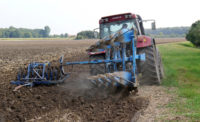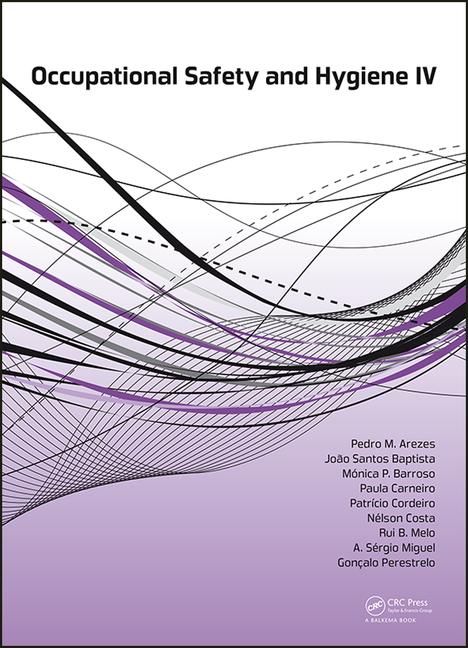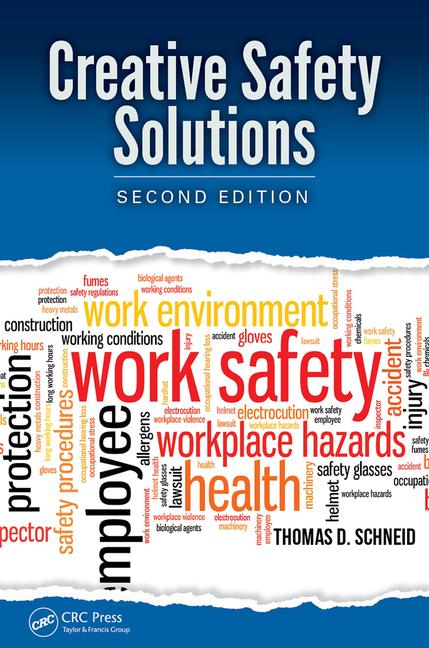A Confined Space blog post
No protections: Children get hurt and die on family farms

Posted with permission from Confined Space, a newsletter of workplace safety and labor issues.
What happens when financial pressures and fear of “big government” intrusion run into concerns about the safety of children. In the case of agriculture, the children lose.
The New York Times ran heartbreaking story earlier this week about children as young as 5 getting hurt and killed working with heavy machinery on the family farm. There are no laws restricting kids’ ability to do anything on a farm — often with tragic results. And we’re not just talking about character-building “chores.” We’re talking about operating heavy machinery and vehicles.
Even children who are not family members face few restrictions for what they can do on a farm. The Obama administration, facing huge pressure from the agriculture industry (supported by the Department of Agriculture) in an election year, withdrew proposed regulations that would have restricted the work that kids can do, such as working around manure pits and driving tractors and other heavy equipment.
Some of the main points the article makes:
- Financial pressures are raising need for family members to pitch in on small farms, with prices plummeting for wheat, dairy and other products
- According to the The National Children’s Center for Rural and Agricultural Health and Safety, more than 100 children and teenagers die on farms every year,
- No one really knows how many children are getting hurt, how or where. Some public health groups and universities collect news clippings of farm accidents, but the National Institute for Occupational Safety and Health (NIOSH) stopped running its own surveys in 2015.
- 25% of fatalities involved machinery, 17% involved motor vehicles (includes ATVs), and 16% were drownings.
- The Wage and Hour Division of the Department of Labor, which regulates child work, states that “Youths of any age may work at any time in any job on a farm owned or operated by their parents.”
Agricultural work — even for adults — has a special place in government protections. OSHA, for example, is not even allowed to set foot on farms that employ ten employees or fewer (unless they also run a temporary labor camp), according to a Congressional rider that has appeared on OSHA’s budget since the 1970s. That means that a small farm employee could get killed on the job — or 10 employees could get killed on the job, and not only is OSHA prohibited from penalizing the company, but OSHA isn’t even allowed to set foot on the premises to investigate the incident.
And it’s not because farms are safe places to work, even for adults. According to the Bureau of Labor Statistics, 593 workers died in agriculture, forestry, fishing and hunting in 2016, up from 573 in 2015. The death rate in agriculture is 23.2 per 100,000 workers, compared with 10.1 in mining, 10.1 in construction and 2.0 in manufacturing. And these, of course, don’t count any deaths from occupational disease which run around 50,000 per year.
Click here to visit Confined Space.
Click here to donate to Confined Space.
Looking for a reprint of this article?
From high-res PDFs to custom plaques, order your copy today!







